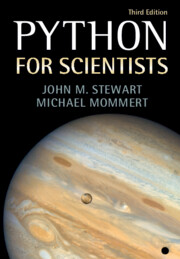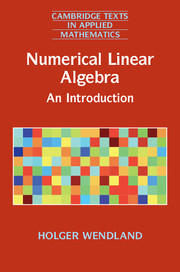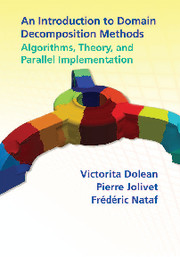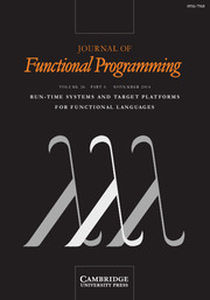Python for Scientists
Python is a free, open source, easy-to-use software tool that offers a significant alternative to proprietary packages such as MATLAB® and Mathematica®. This book covers everything the working scientist needs to know to start using Python effectively. The author explains scientific Python from scratch, showing how easy it is to implement and test non-trivial mathematical algorithms and guiding the reader through the many freely available add-on modules. A range of examples, relevant to many different fields, illustrate the program's capabilities. In particular, readers are shown how to use pre-existing legacy code (usually in Fortran77) within the Python environment, thus avoiding the need to master the original code. Instead of exercises the book contains useful snippets of tested code which the reader can adapt to handle problems in their own field, allowing students and researchers with little computer expertise to get up and running as soon as possible.
- Demonstrates how Python can reproduce and even transcend the capabilities of other software packages
- Assumes no previous knowledge of any particular programming language
- Includes detailed instructions on how to install a Python environment
Reviews & endorsements
'… the practitioner who wants to learn Python will love it. This is the type of book I have been looking for to learn Python … concise, yet practical.' European Mathematical Society (euro-math-soc.eu)
Product details
July 2014Adobe eBook Reader
9781139950671
0 pages
0kg
36 b/w illus.
This ISBN is for an eBook version which is distributed on our behalf by a third party.
Table of Contents
- Preface
- 1. Introduction
- 2. Getting started with IPython
- 3. A short Python tutorial
- 4. Numpy
- 5. Two-dimensional graphics
- 6. Three-dimensional graphics
- 7. Ordinary differential equations
- 8. Partial differential equations: a pseudospectral approach
- 9. Case study: multigrid
- 10. Appendix A. Installing a Python environment
- Appendix B. Fortran77 subroutines for pseudospectral methods
- References
- Index.










